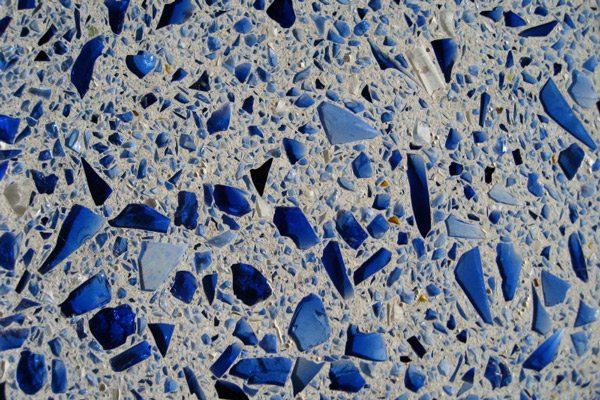Kitchen Countertop Options: What You Need to Know
While planning a kitchen remodel, choosing the correct option for your new kitchen countertop surface material is one of the most important final decisions you’ll make during the design process. But there are so many kitchen countertop options to choose from, and so many variables to consider.
– What is your design style preference?
– What portion of your budget are you allocating for the countertop material?
– What kind of durability do you need and what type of maintenance are you willing to provide?
Planning a remodel and looking for a design partner? Contact us today and set up a free consultation with one of our expert designers
Each material listed has its own inherent physical properties, design applications, suggested use and care guidelines, and relative cost. Like any material, countertop materials are susceptible to wear during normal use and may stain, etch, or scratch, from misuse. However, with this guide to kitchen countertop surfaces, you can learn how to care for surface materials and what to expect when choosing a kitchen countertop surface.
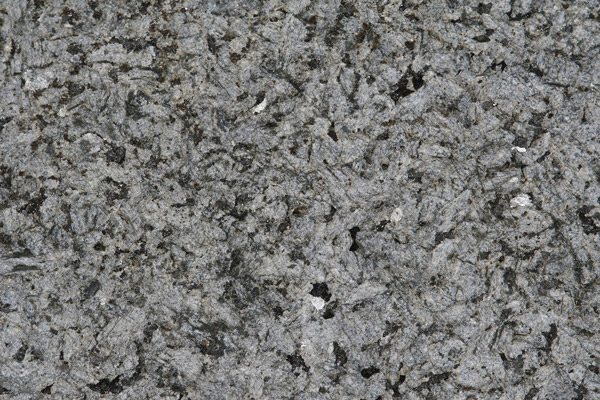
Granite
The cost of granite varies based on the type and availability of the specific stone. Its durability ranges from medium to high, and granite can be easily cleaned if properly sealed. A highly versatile surface, granite is available in a wide variety of colors, “patterns,” and veining. A traditional kitchen design may use granite with ogee edges and soft curves, while mitered built-up 3” edges, pencil edges, and straight-edged cuts in the stone complement transitional and contemporary kitchen designs. Since granite is prone to staining and etching, make sure to wipe off the countertop after each use and avoid leaving cooking oils, citrus, and alcohol on the surface. Blot any spills immediately with a paper towel, and clean with stone cleaner or mild soap and water. Re-buff and seal your granite countertop every year or two for best stain resistance and appearance.
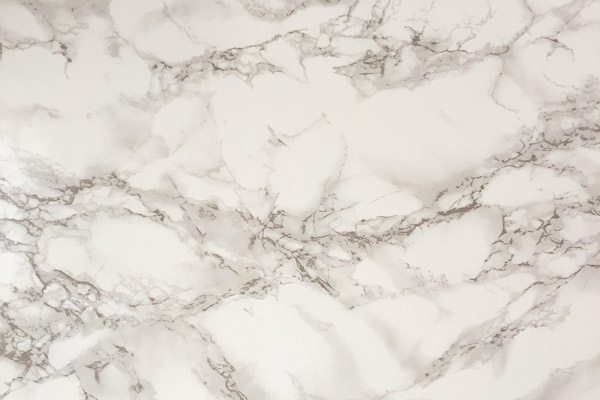
Marble
Marble is most often used in traditional designs thanks to its distinct veining and classic aesthetic, and it’s usually found on islands, bathrooms, and flooring. Marble falls on the high end of the cost spectrum and is susceptible to staining, etching, and scratches. Marble should be properly sealed to reduce staining, and while it can resist all but high heat, use trivets or mats to avoid scratching and marble repair. Clean marble with stone cleaner, water, or mild soap and water.

Quartzite
Quartzite is an extremely hard stone, depending on the quartz content, but it can be prone to chipping and high costs. Less porous than some stone surfaces, quartzite is highly versatile with varying colors. Depending on the particular stone, some quartzites can be more stain resistance. Quartzite is easy to maintain with stone cleaners or soap and water, but avoid using excessive cleaner or soaps, which may leave streaks or a film.
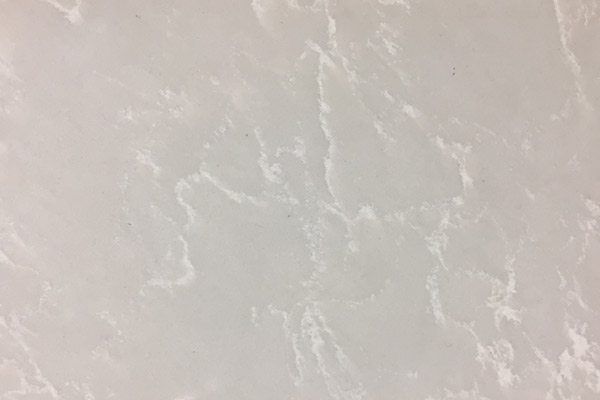
Quartz
Mid-range in costs, quartz is highly resistant to scratches, burns, and stains. Quartz is also a very eco-friendly option and is comprised of ground quartz, a binder, and pigment. Easy to maintain and clean with soap and water or Windex, quartz maintains a polished appearance with minimal effort and needs no sealing.
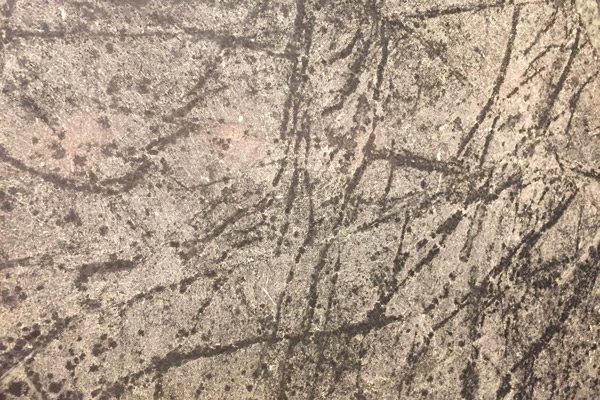
Soapstone
Relatively soft, soapstone prices can range from middling to very expensive. Soapstone is prone to chipping, scratching, and flaking, but it can be oiled to maintain a uniform appearance. Soapstone is naturally dense with low liquid absorption, making it relatively food safe, and it’s most common in more traditional designs thanks in part to veining in the stone. Soapstone is also commonly used for smaller countertops, and it can be cleaned with soap and water in addition to occasional treatment with food-safe mineral oil for appearance and sealing.
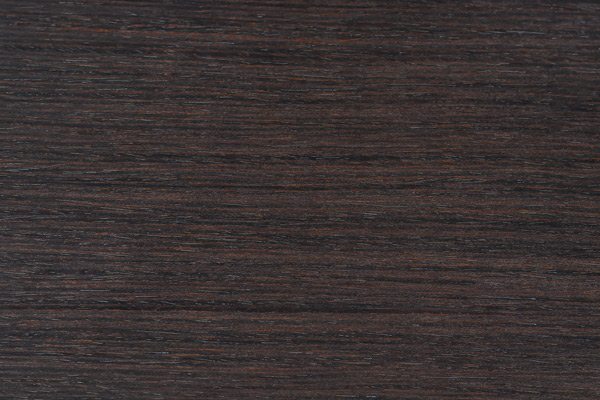
Natural Wood
With costs varying from medium to very high, natural wood is softer than stone and will eventually show nicks and wear (although that may add charm and uniqueness to your surface). Natural wood contains anti-bacterial enzymes found in its trees, or it can be sealed with food safe sealer. Wood is most commonly used in transitional and traditional styles of design, but it can also add warmth to contemporary designs, utilizing contrasting materials like stainless steel and glass in combination. Clean natural wood countertops by wiping them clean and sanitizing them with a mixture of vinegar and water; you can also occasionally oil wood after cleaning.
Glass
While customized glass will be more expensive, glass prices are equivalent to mid-range and above granite. Glass is non-porous, easy to clean, and a very versatile countertop material that comes in varying colors and thicknesses. Glass can also be back painted in any color, and it’s available with a wide variety of possible trims and other effects like frosting, etching, and edge lighting. Glass can be cleaned easily with glass cleaner or soap and water, but it can scratch and chip with improper use and care.
Using this kitchen countertop guide, you can now make the best choice for what kitchen countertop you want in your kitchen renovation! If you have questions or would like more information, contact Drury Design today and one of our highly experienced designers will help you through the process.
Free Kitchen Design Guide
Kitchen countertops are only one aspect of a kitchen redesign. Learn more about the kitchen remodeling process with our free kitchen design guide.

